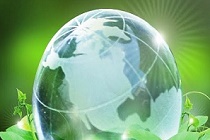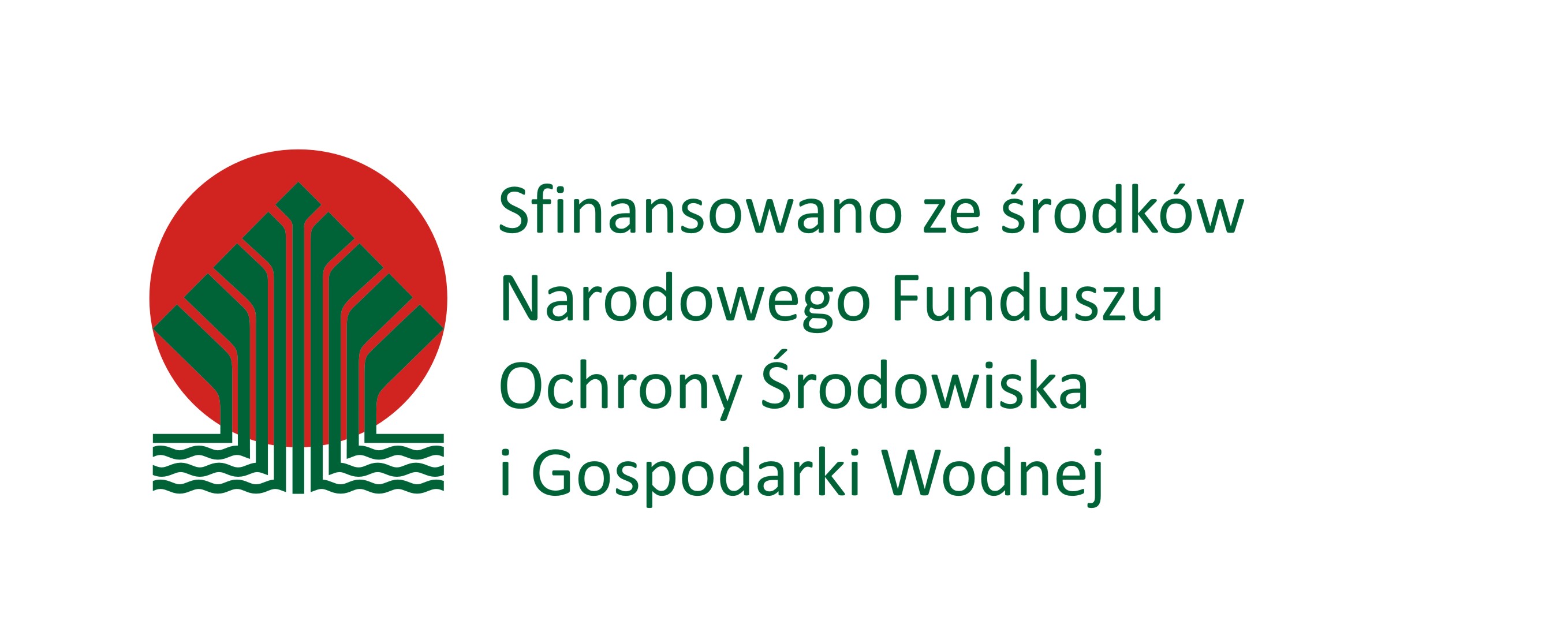 Environmental geochemistry, land subsidence monitoring via satellite interferometry, and the use of post-mining waters and coal-bed methane are strong offers from the Polish Geological Institute-NRI to support the energy transition in Silesia.
Environmental geochemistry, land subsidence monitoring via satellite interferometry, and the use of post-mining waters and coal-bed methane are strong offers from the Polish Geological Institute-NRI to support the energy transition in Silesia.
It was these proposals that were presented by Dr. Mateusz Damrat, Director of PGI-NRI, during a panel discussion titled "The Just Transition of Post-Mining Areas". The event was part of the International Scientific and Technical Conference on the Just Transformation of Mining Areas KOMTECH 2022, which took place October 10-12 in Szczyrk.
In addition to the director of PGI-NRI, the debate was attended by:
- Piotr Pyzik, Undersecretary of the Ministry of State Assets, Government Plenipotentiary for the Transformation of Energy Companies and Coal Mining,
- Dariusz Prostański, director of the KOMAG Institute of Mining Technology,
- Marta Pogrzeba, director of the Institute for Ecology of Industrial Areas,
- Stanisław Prusek, director of the Central Mining Institute,
- Aleksander Sobolewski, director of the Institute of Fuel and Energy Technology.
The panel was moderated by Alexandra Majda of the Citizens of Nature Foundation.

Speech by Dr. Mateusz Damrat, Director of PGI-NRI, during the panel discussion entitled. "The Just Transition of Mining Areas"
Achieving climate neutrality by 2050 is one of the most important goals of current EU policy and the European Green Deal, but this should be done in a way that is not only effective, but also just. This is particularly important in mining and post-mining areas in the Śląsk voivodeship, where more than 80,000 people work in the coal mining sector, and several times that number are indirectly linked to mining.
So, how to carry out the energy transition in Śląsk during the crisis? This important and very complex topic was discussed in Szczyrk by representatives of government and R&D institutions, as well as local government officials, scientists and business representatives.
Which sites in post-mining areas are contaminated, with what substances, and what is the degree of deformation on the surface? Geology can provide answers to these questions. Speaking at the panel, Director Damrat stressed that PGI-NRI has been conducting geochemical monitoring of soils and water sediments for more than 30 years, during which hundreds of thousands of samples have already been taken and analyzed. Due to strong anthropopressure to which the Górny Śląsk region is subjected, the area has been thoroughly studied, and the result of this work is, for example, the Detailed Geochemical Map of Górny Sląsk in the 1:25,000 scale. The individual map sheets are available free of charge online on PGI-NRI's website, also in English (at mapgeochem.pgi.gov.pl in the Detailed Atlases tab and at geologia.pgi.gov.pl in the Geochemistry tab).
Such studies provide the information necessary for effective environmental protection and preventive and corrective measures. The Institute has data on the occurrence, spatial distribution and concentration of elements and chemical compounds, especially toxic ones. This makes it possible, in particular, to carry out proper land management and development, including the implementation of new investments.
An interesting geological proposal for supporting the transition of post-mining areas is PGI-NRI's monitoring of land subsidence using satellite techniques. The Institute's data shows that more than 6,000 buildings are located directly in the subsidence zone, and the specific risks and stresses of the ground must be taken into account during the implementation of various investments. Based on archival data, PGI-NRI has developed a numerical terrain model that takes into account, among other things, maps from the pre-excavation period. This provides an excellent reference point for assessing the current situation of mining subsidence. The data is available free of charge on PGI-NRI's Geohazards Center website.
Another of the Institute’s tasks, as a geological survey, is the protection of mineral deposits. Hence the suggestion that in the potential closure of mines, the way should not be closed to their reopening and exploitation, which would be possible, for example, as a result of technological development.
A separate issue is the energetic use of post-mining water from the draining of facilities, which would also serve the environment. Director Damrat also touched on the aspect of utilizing the methane accompanying coal deposits, which can - and should - be developed in a much broader aspect than at present.
Let's respect what we have and take care of our interests," summed up his statement of the panel discussion entitled the "Just Transition of Mining Areas" by PGI-NRI Director Mateusz Damrat.
Other panelists covered a wide range of topics related to the energy transition, including mechanisms for financing coal mining companies, rules for the construction and implementation of so-called "clean coal" facilities, and the establishment of the Silesia Transition Fund. They also discussed the creation of territorial programs, the creation of an all-access industrial land database, the construction of a hydrogen economy and the use of renewable energy sources.
Video coverage of the conference and panel can be seen on YouTube.

PGI-NRI's participation in the event was carried out within the framework of the task entitled "National cooperation in the field of geology and promotion of the activities of the State Geological Survey in 2021 - 2023," which is financed by the National Fund for Environmental Protection and Water Management.














 PGI-NRI offer
PGI-NRI offer Mineral resources of Poland
Mineral resources of Poland  Oil and Gas in Poland
Oil and Gas in Poland 




 Subscribe to RSS Feed
Subscribe to RSS Feed